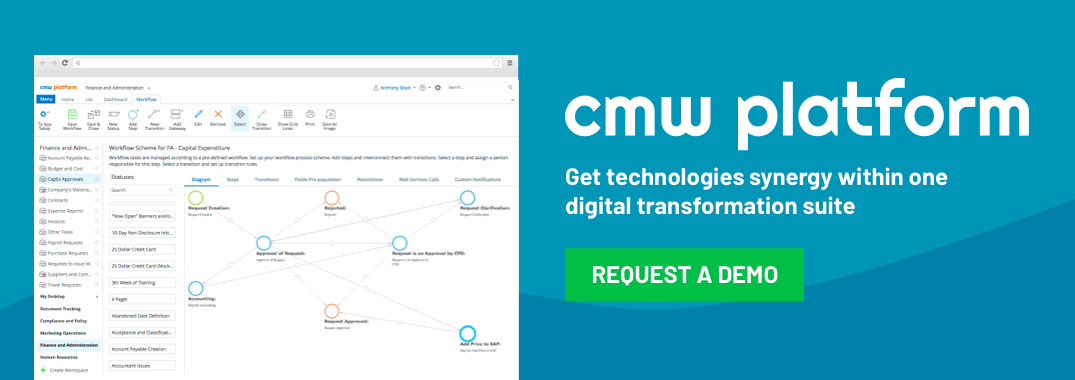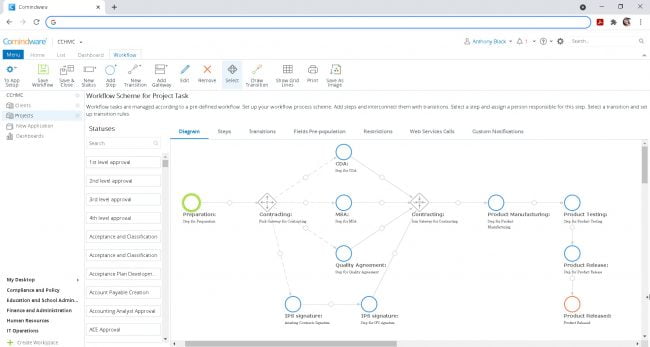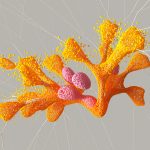Organizational Structure and Workflow Design: The Keys to Business Success
February 14, 2025
Competency in achieving a specific target rests on the organizational structure of the company along with its workflow processes. These processes enhance operational efficiency, productivity and achievement of the set organizational goals. The purpose of this guide is to analyze the interdependence of organizational structure with workflow management as well as provide suggestions on how to perform better in any organization.
Table of Contents
Understanding Organizational Structure
A typical business structure outlines how tasks are managed to meet the target of the company as a whole. It determines the upper management hierarchy, the range of authority, and the allocation of tasks within the firm. These differ in advantages and disadvantages among them and can be structured in multiple ways:
• Divisional structure: The company is diagnosed based on product lines, geographical areas, or segments of customers.
• Functional structure: The company organizes its employees into various specialized roles or departments such as marketing, finance, or operations.
• Matrix structure: In this system, workers report to more than one manager like a functional and project manager.
• Team based structure: Achieving set goals is managed by self-regulating teams.
• Flat structure: The management structure has very few levels in between the staff and higher authorities.
• Hierarchical structure: The structure is traditional and top down where everyone has a specific level and authority to fulfill.
A company’s size, its industry, and its target goals all influence what kind of organizational structure it has. A process organizational structure puts processes at the center of how things operate. Organizations that use a process-based structure are typically very good at efficiency.

Defining Effective Workflow Design
Workflow design can be defined as the process of outlining and improving the order of activities in a business process. It incorporates the definition of task dependencies, simplification of task allocation, and resource management. Effective workflow management leads to:
- Reduced bottlenecks
- Improved efficiency
- Increased productivity
- Better customer satisfaction
Many ask “”what is a good workflow design?”” To find one, you must consider all of these things.
The Interplay: How Organizational Structure Impacts Workflow
The workflow and organizational structure are intrinsically linked. The chosen organizational structure directly influences how work flows through the organization. For example:
- Hierarchical: May result in slower decision-making processes due to the need for approvals at multiple levels.
- Flat: Can empower employees and accelerate task assignment, but may lack clear lines of authority.
- Matrix: Can foster innovation and collaboration, but may also lead to confusion and conflicting priorities.
When the workflow structure doesn’t align with the organizational structure, you often see issues with information flow and communication protocols. This connection is what makes it important to have a good organizational design.
Key Principles of Workflow Design
What is workflow design really about? It’s about making sure things flow smoothly. Here are guiding principles:
- Process Mapping: Visually represent the business process using a workflow diagram or swimlane diagram.
- Task Analysis: Break down the process into individual tasks and identify their dependencies.
- RACI Matrix: Define roles and responsibilities for each task using a RACI matrix (Responsible, Accountable, Consulted, Informed).
- Standard Operating Procedures (SOPs): Create clear Standard operating procedures (SOPs) for each task.
- Workflow Automation: Automate repetitive tasks to improve efficiency. The aim is to increase efficiency in process workflow design.
- Understand “”work flow design is the process of” so you can start designing today!
- It may be useful to use “”workflow structures processes so work proceeds in the most __________ order.”” to know where to begin your processes.
Workflow Analysis Techniques
Several techniques can be used to analyze and improve workflows:
- Process analysis: Identifying bottlenecks and inefficiencies in the business process.
- Value stream mapping: Visualizing the flow of value to the customer.
- Lean management: Eliminating waste and maximizing efficiency.
- Six Sigma: Reducing variation and improving Signal Troubleshooting of Process improvement using tools like Workflow organization.
Consider these organizational workflow examples as you work to enhance your processes. You may have an “”organizational workflow chart” or “”organization workflow chart” to use.
Workflow Software and Tools
Various workflow software and BPM software solutions can help you design, automate, and manage your workflows.
- Workflow Software: Has numerous benefits to all processes within the organization.

Workflow management software by CMW Lab makes it a snap to design your own workflows and automate them quickly.
Popular options include:
Offerings like CMW Tracker give you a wide range of options that let you customize the software and use the tools to design efficient and logical workflows that will help you complete projects and reach goals easier.
Such tools will assist users in monitoring task sequence order, controlling resource allocation, and measuring performance metrics.The Human Element: When People and Processes Collide
Although technology is critical, the human component is extremely important for effective management of business processes.
- Knowledge Management: Dissemination of information and strategies or practices that have proven effective.
- Training: Equipping employees with requisite skills necessary to perform tasks.
- Skill Development: Allocating resources towards continuous and progressive learning.
- Employee Involvement: Allowing staff the initiative to make changes for the betterment of processes.
- Teamwork: Fostering a collaborative environment where employees can work together effectively.
Measuring Performance and Driving Continuous Improvement
It is important to keep track of the performance metrics and KPIs as they are necessary for evaluating the effectiveness of your strategy toward workflow management. Use the information at hand to pinpoint areas that can be improved on and use the information to initiate a continuous improvement cycle. Good companies focus on “”structure and flow””.
Here is an example of an “”organization workflow process””:
- Design
- Build
- Test
- Deploy
- Retest
- Analyze results and change if necessary
The Strategic Importance of Organizational Structure and Workflow
In the end, the essence of optimizing workflows and designing an organization lies in trying to achieve the goals of the organization and promote strategic coherence. A well structured and designed organization with the right processes in place will be more agile, responsive, and better prepared to excel in today’s business world. It is important to “”structuring work”” to achieve success, you can also find more information through “”organizational structure analysis””
Recommendation:
For organizations serious about optimizing their organizational structure and workflow design, consider implementing a robust BPM (Business Process Management) software solution. Look for a platform that offers process mapping, automation, and performance analytics. By centralizing your workflow management and leveraging data-driven insights, you can unlock significant gains in efficiency, productivity, and profitability.
Looking Forward: The Future of Organizational Structure
Going forward it’s important that you know a process-oriented organization is key to moving into the future. You can achieve it with all of the strategies provided.
Conclusion: Building a High-Performing Organization
Whenever you grasp the concepts related to the organizational structure, workflow design, and principles associated with an organization, you can set up a more effective and successful organization. Better still, remember that achieving an organization's goals and objectives is a process that never ends and needs careful nurturing and sustained focus towards process improvement. You can maximize the performance of your business by using designed systems and enabling employees.



